Chess Games with Conceptual Explanations for Intermediate Players: Learn the theories from GM games
Chess Games with Conceptual Explanations contains ten Grand Masters games with explanations along with fifteen other games to educate players about the strategies used in chess. After reading this book youll be able to:
Game #1. Benko Pal C Vs Ivkov Borislav
Tournament Tel Aviv ol (Men) fin-A 1964.
Round - 5
Rating Benko 2515, Ivkov 2520
Opening Queens Gambit Declined with Bf4
1. d4, Nf6; 2. c4, e6; 3. Nf3, d5; 4. Nc3, Be7; 5. Bf4
Chess opening theory has evolved over the centuries. Much of that theory has involved the best means of controlling the center of the board.
For our first game, we will look at the Queen's Gambit. The Queens Gambit is an opening where white gives away a pawn on c4 to gain more central space and take over the e4 square. While giving away a pawn may seem counter intuitive, capturing that pawn will not give black any material advantage, since black cannot support the pawn on c4 and must eventually give it back. As a result, most players choose not to capture the c4 pawn and, by doing so, lose control of the center by trying to defend that pawn. For that reason, some players may capture the pawn on c4 but choose to give it back in favor of developing pieces.
c5; 6. dxc5
Black is trying to make some room for his Queen to develop. Usually players make the mistake of playing Nc6 in these types of positions, making development of the Queen difficult. A popular opening principle says " Never block your pieces in a way that they cant develop and come out of the board."
Qa5
However, capturing back the pawn on c5 is a good idea.
7. Nd2
This move looks like white is breaking the opening principle Never play a piece twice in the opening. However, this is not a bad move and every principle has its own exceptions. White is trying to bring his Knight to b3 thereby giving f3 square to his white bishop in order to start an attack on the Queen side.
Qxc5
Black has recaptured the pawn on c5. Playing simple is a key to not making errors in the game, but you need to "think complicated" to play the best game!
8. a3
White is trying to gain more space by playing b4 in the next move. Space gives you excellent squares for your pieces.
dxc4; 9. e3, O-O;
Black has just opened the d file so that he can place his Rook on d8 and directly pin the Knight on d2, creating some threats.
Usually players look forward to developing their own pieces in all possible ways.
10. Bxc4, Rd8
Black is directly threatening Rxd2, followed by Qxc4 which would give him two pieces for a Rook. Its a great idea to have two minor pieces against a single rook.
11. Rc1!
White tries to develop his rook to a semi open file. A file which is not blocked by his own pawn is the best file for the rook. Files which are blocked by their own pieces are considered "semi-open" files since the pieces can be easily moved from that file.
 By playing Rc1, white is indirectly threatening blacks Queen on c5. This is called an X-ray attack. White has indirectly stopped the Rxd2 threat by playing Rc1.
By playing Rc1, white is indirectly threatening blacks Queen on c5. This is called an X-ray attack. White has indirectly stopped the Rxd2 threat by playing Rc1.
(Rxd2??; 11.Qxd2, Qxc4; 12. Ne4!!, Qxe4; 13. Rxc8+, Bf8; 14.Rxf8!, Kxf8; 15. Qd8+, Ne8; 16. Bd6+, Kg8; 17. Qxe8#)
Nc6
A natural looking move, but this Knight development allows black to regain his threat Rxd2
12. b4
White gained some space on the queen side by playing b4 and thereby controlling a key square c5, but usually in the opening one should not make lot of pawn moves and allow other pieces to sit idle. Qe2 or Be2 would have been preferred. However, b4 is not a blunder.
When we try to attack without developing all our pieces and without castling, it is known as an unprepared attack or premature attack. Premature attacks may lead to serious errors (like unexpected checks, etc.).
Qf5!
Black has excellently placed his queen on f5 facing the d3 square which is weak. A square which cannot be protected by a pawn any longer is called a weak square. Weak squares in the opponents camp allow our pieces to occupy them easily which may lead to a disaster for the opponent!
13. Bg3
Not giving any chance for that e pawn to be deflected.
Nh5
Trying to gain a double bishop advantage. Having two bishops is a better idea than having a bishop and knight. Two bishops allows you to control maximum squares from the corner of the board and control both the colors. It is recommended to have bishops in any open positions to gain more of an advantage. Since Knights can jump over pieces, they are considered superior to Bishops in closed positions.
14. Bc7!
Not allowing the opponent to get the double bishop advantage and vacating the square so that g pawn can move to g4 and create a double attack between the Knight and Queen
Rd7
Attacking the bishop to stop the double attack on g4. However, if g4 is played, the black queen can simply move thereby there making a counter attack on c7.
15. g4
Created a double attack so we can gain either piece.
Qf6?
I dont think this is a perfect continuation since the black queen has occupied the f6 square which left the knight on h5 trapped. Proper continuation would be (Qg6; 15. gxh5, Qg2; 16. Qf3, Qxf3; 17. Nxf3, Rxc7). However, we should not rely on engine moves since they only have permutation combination methods. Human brains are best in creating ideas and imaginations, which an engine wont do!
16. b5
Since capturing h5 will simply lead to Rxc7 and weaken the pawn structure, white chooses to attack another knight, leaving the knight on h5 trapped.
Rxc7; 17. bxc6, Rxc6, 18. Ncb1?
White tries to defend the a3 pawn from the bishop and thought that he could capture the Knight on h5 in the next move. However, the thinking is right, here comes an excellent variation from black.
 Just think for 10 to 15 minutes before moving on to next move.
Just think for 10 to 15 minutes before moving on to next move.
b5!!
An excellent idea for dislocating the bishop so that the black Queen can come to e5 and attack the bishop later and allow the Knight to come back to f6.
19. Bxb5
However, not capturing the pawn on b5 still leads to (18. Bd3, Rxc1; 19. Qxc1, Bb7; 20. Rg1, Rc8; 21. Qd1, Qb2 - +)
Rxc1, 20.Qxc1, Bb7; 21. Rf1, Qe5!; 22. Qc4
White could have some hope on Be2, but he played Qc4, supporting the Bishop.

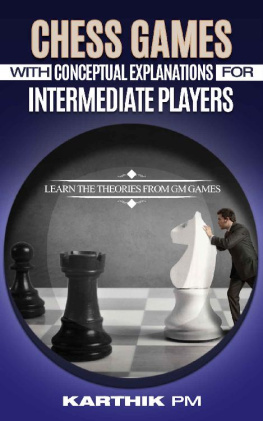
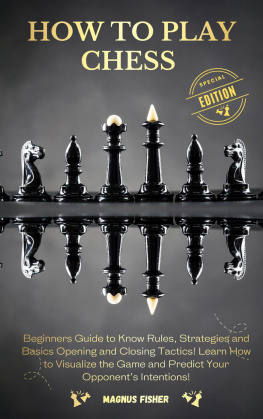
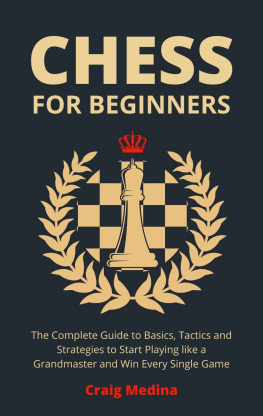
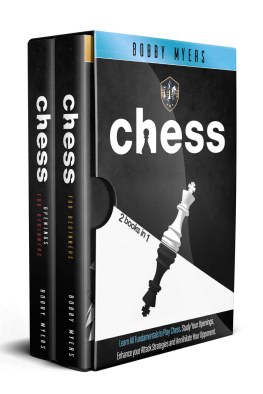
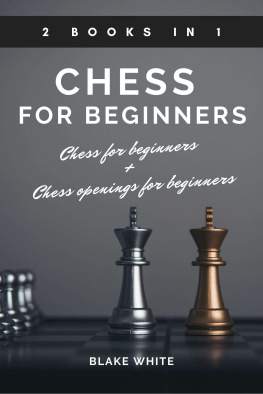
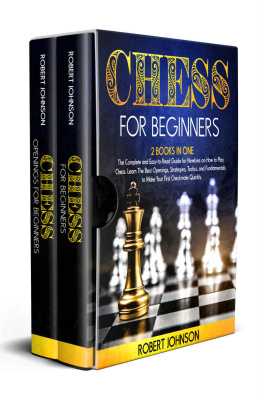
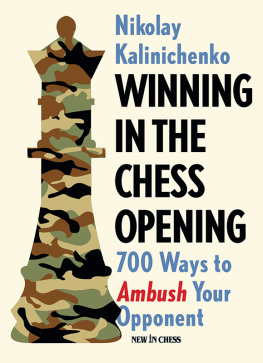
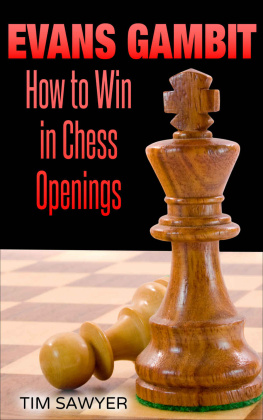
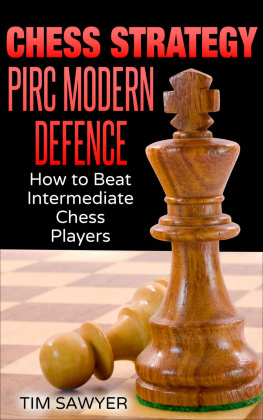
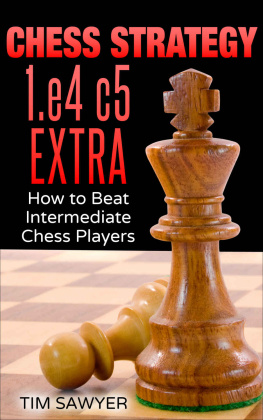
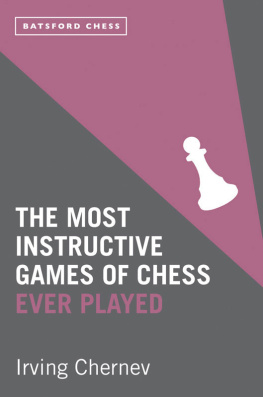
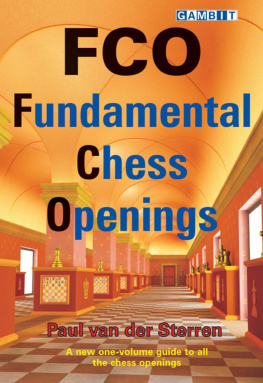
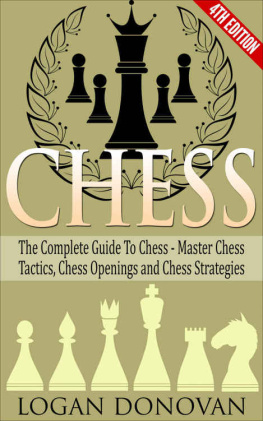

 By playing Rc1, white is indirectly threatening blacks Queen on c5. This is called an X-ray attack. White has indirectly stopped the Rxd2 threat by playing Rc1.
By playing Rc1, white is indirectly threatening blacks Queen on c5. This is called an X-ray attack. White has indirectly stopped the Rxd2 threat by playing Rc1. Just think for 10 to 15 minutes before moving on to next move.
Just think for 10 to 15 minutes before moving on to next move.